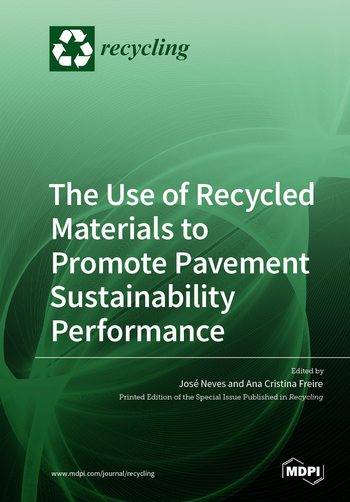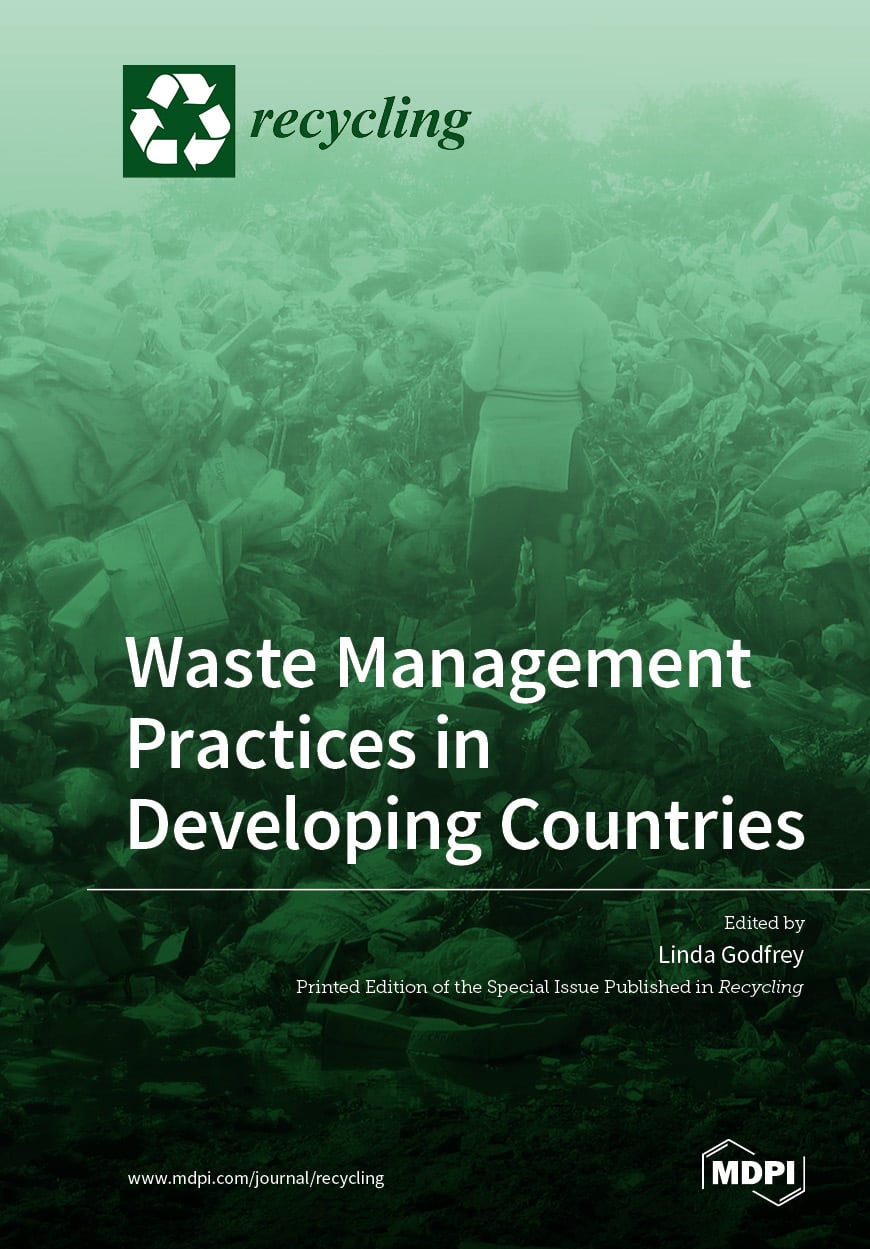- 4.6Impact Factor
- 8.9CiteScore
- 21 daysTime to First Decision
Recycling
Recycling is an international, peer-reviewed, open access journal on the recycling and reuse of material resources, including circular economy published monthly online by MDPI.
Quartile Ranking JCR - Q3 (Green and Sustainable Science and Technology)
All Articles
News & Conferences
Issues
Open for Submission
Editor's Choice
Reprints of Collections

Reprint
The Use of Recycled Materials to Promote Pavement Sustainability Performance
Editors: José Neves, Ana Cristina Freire


